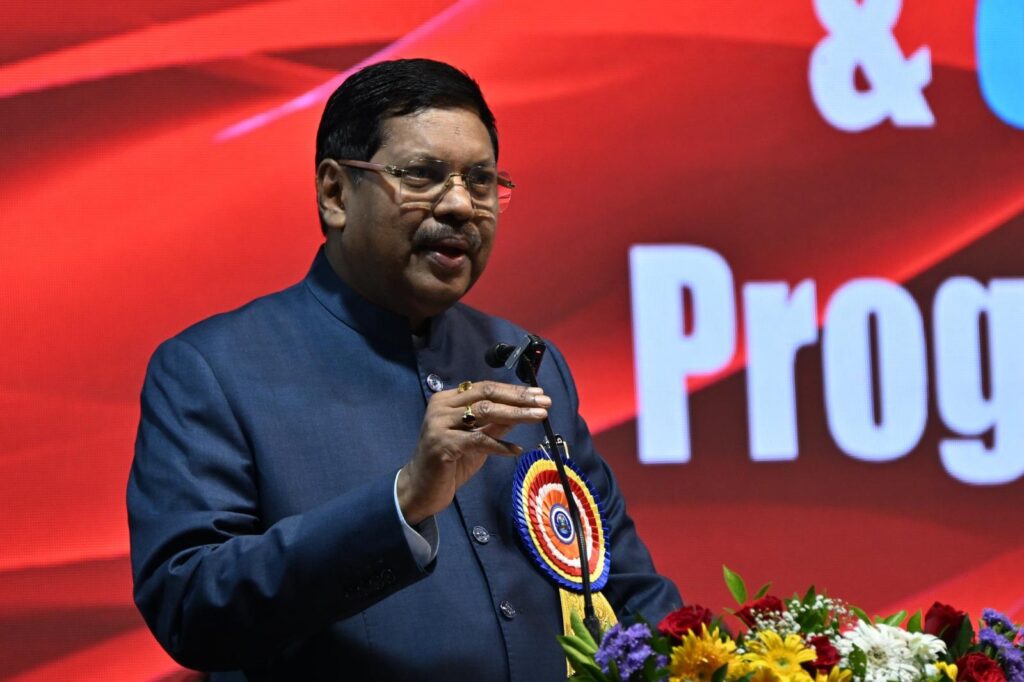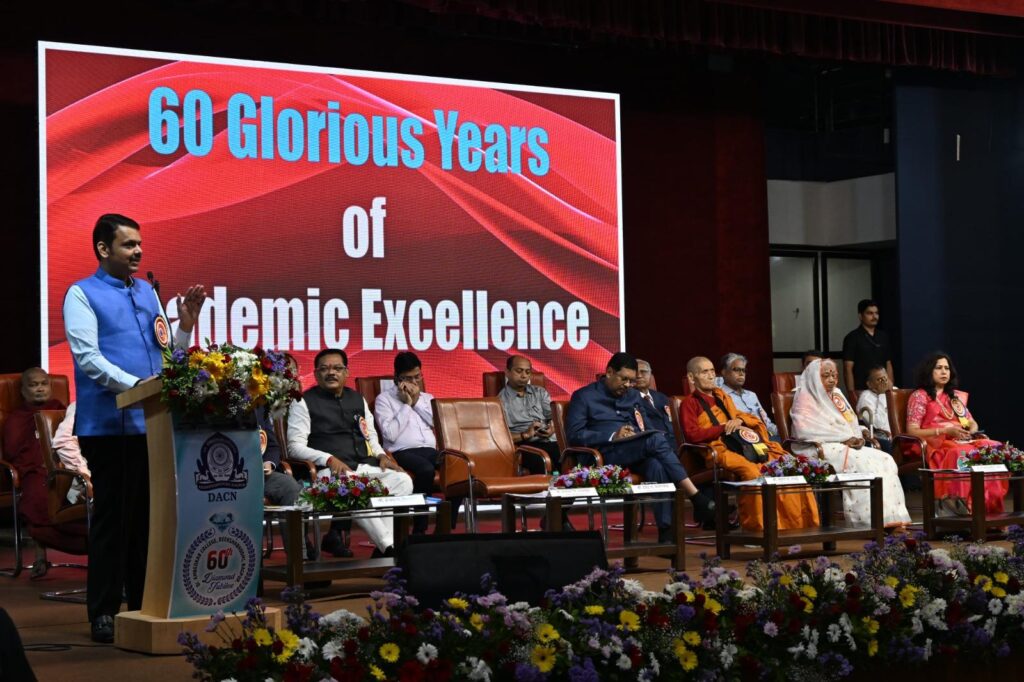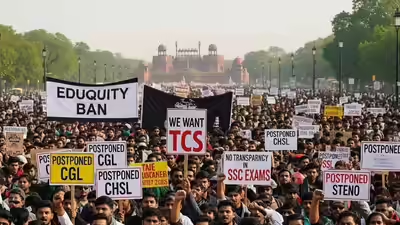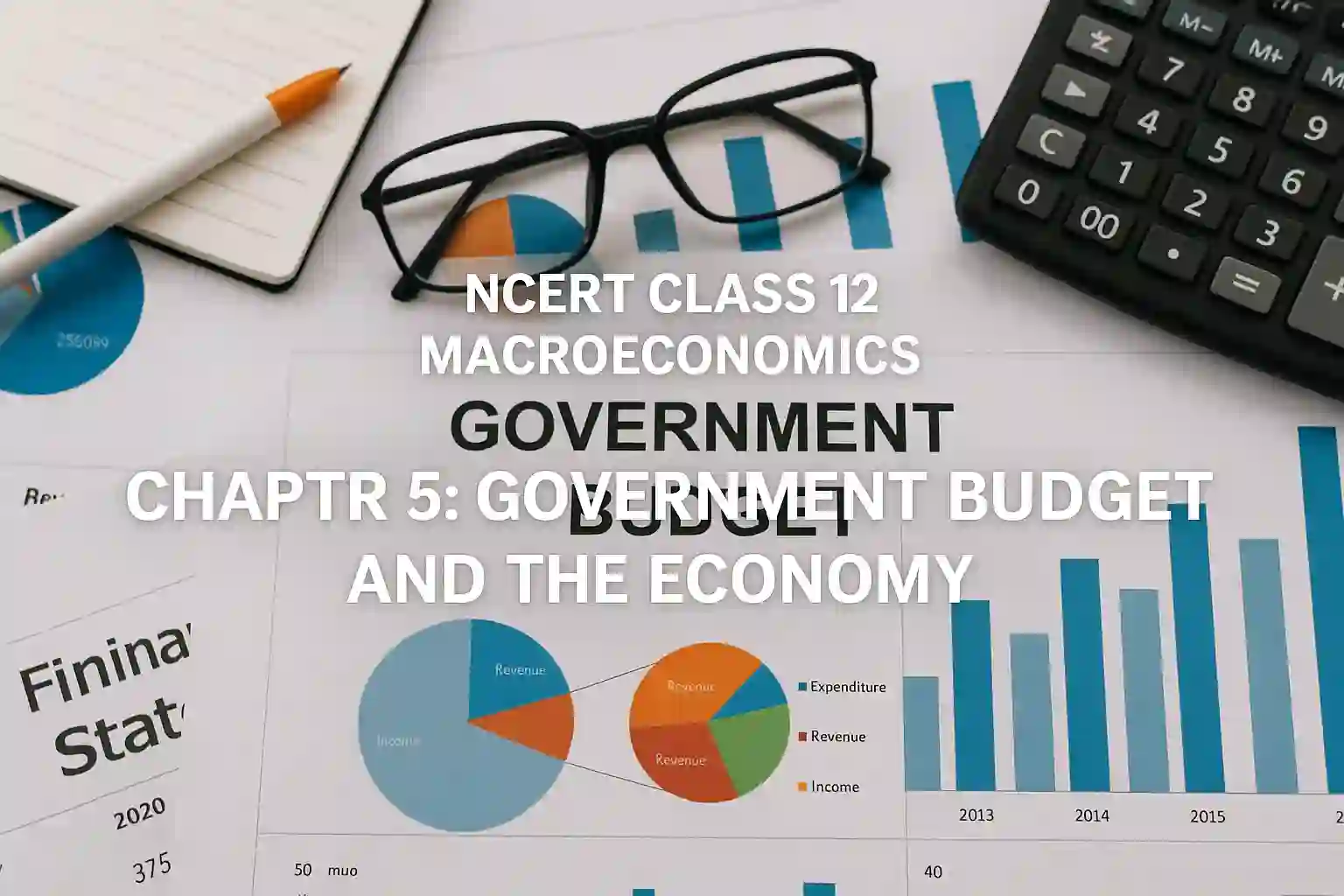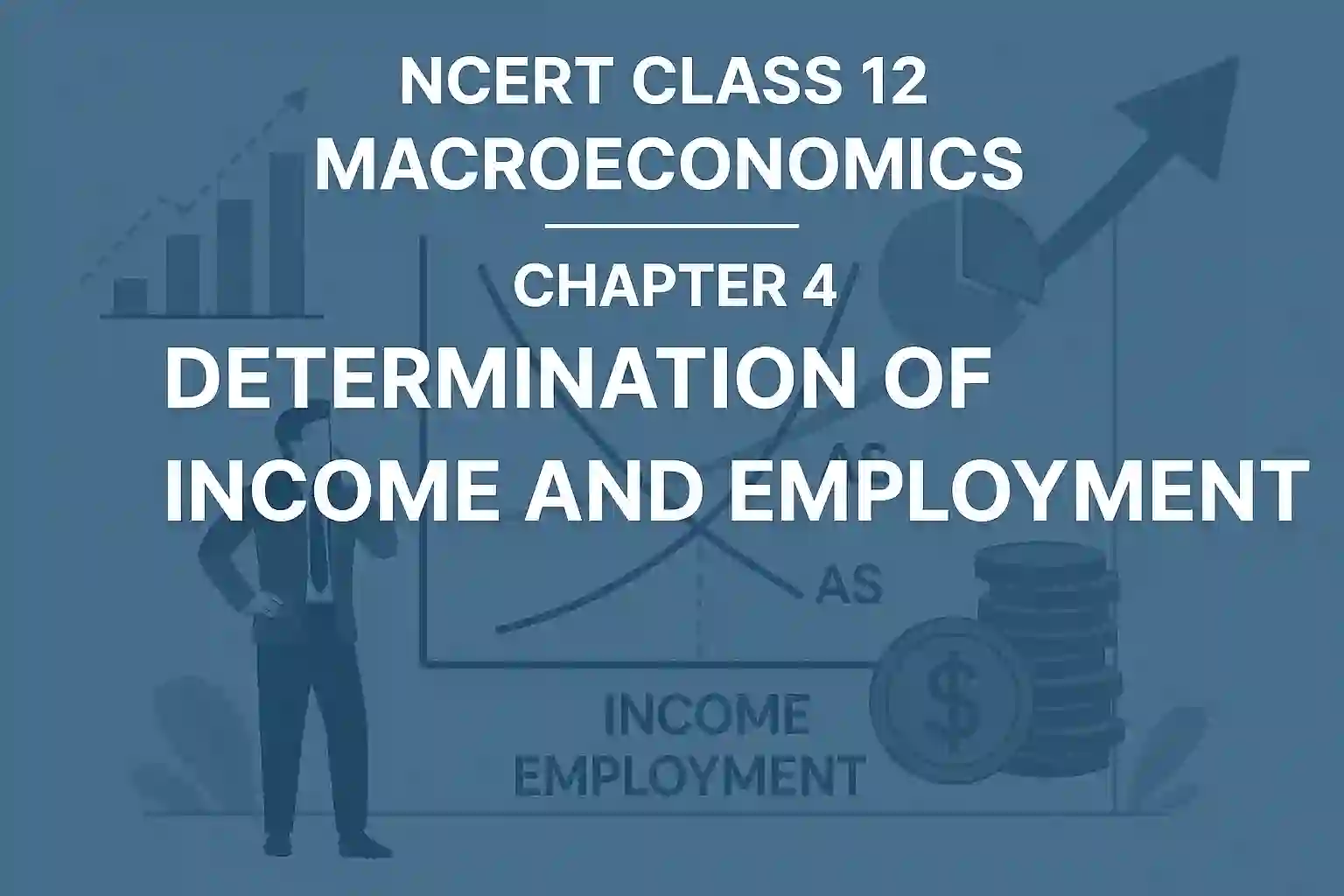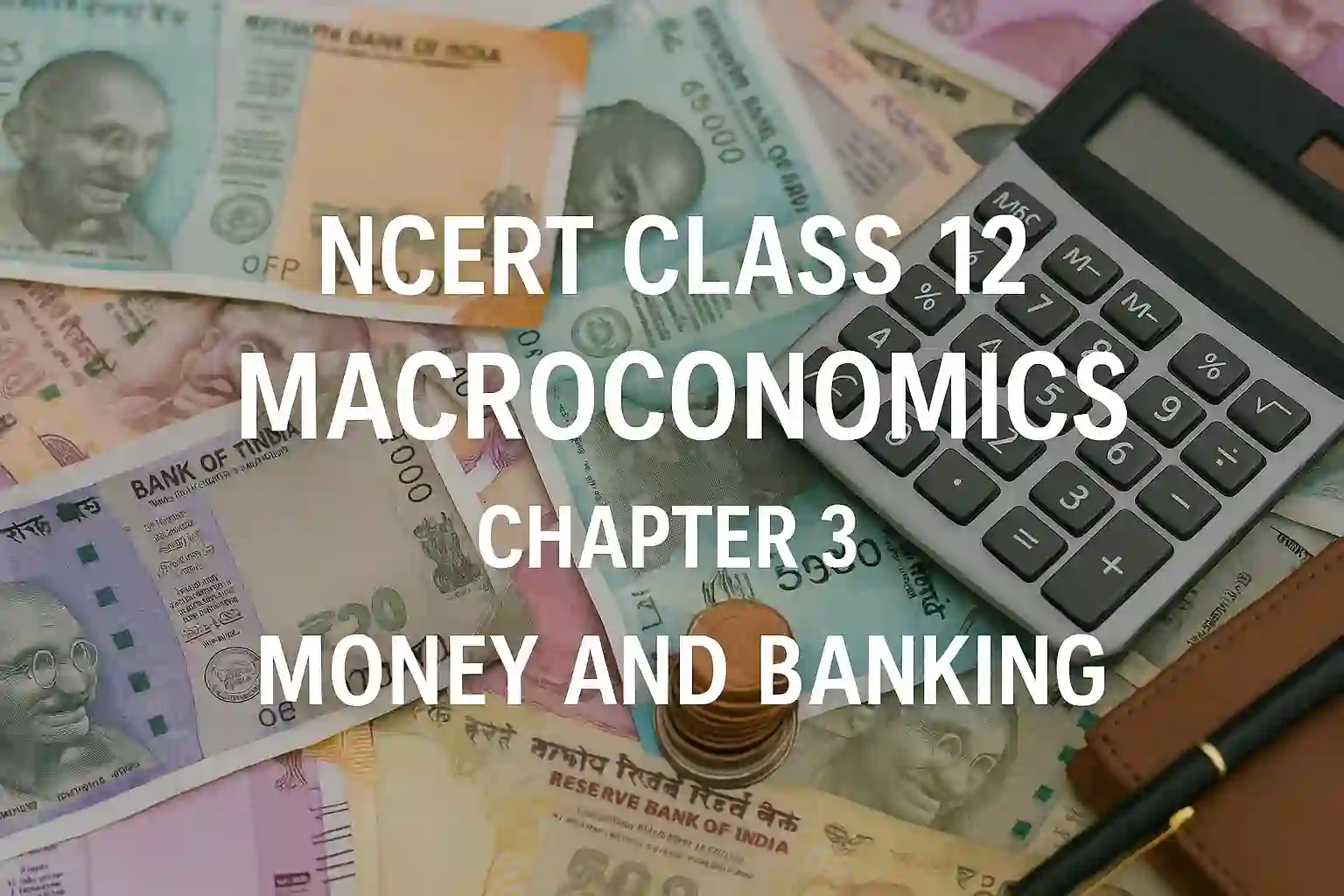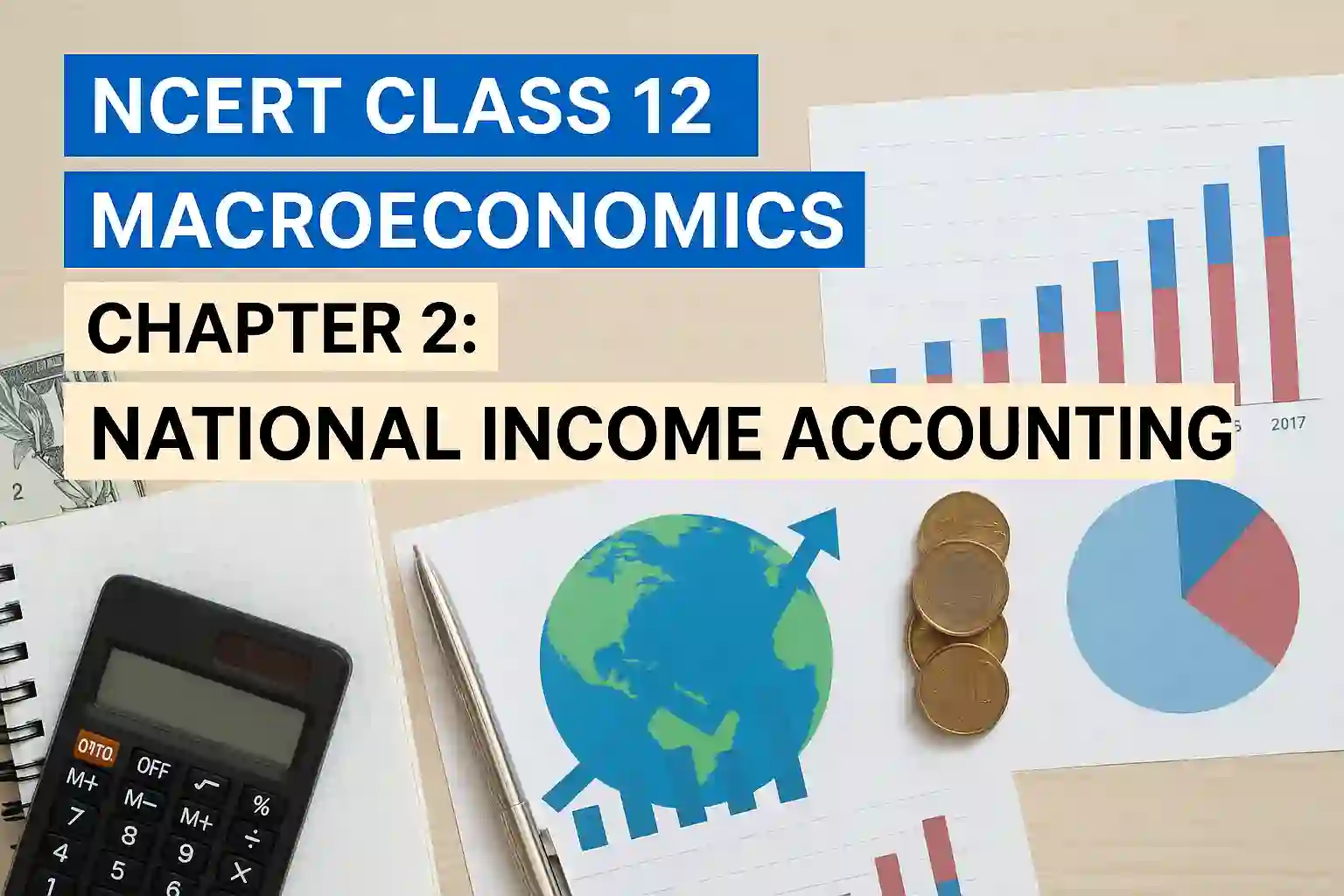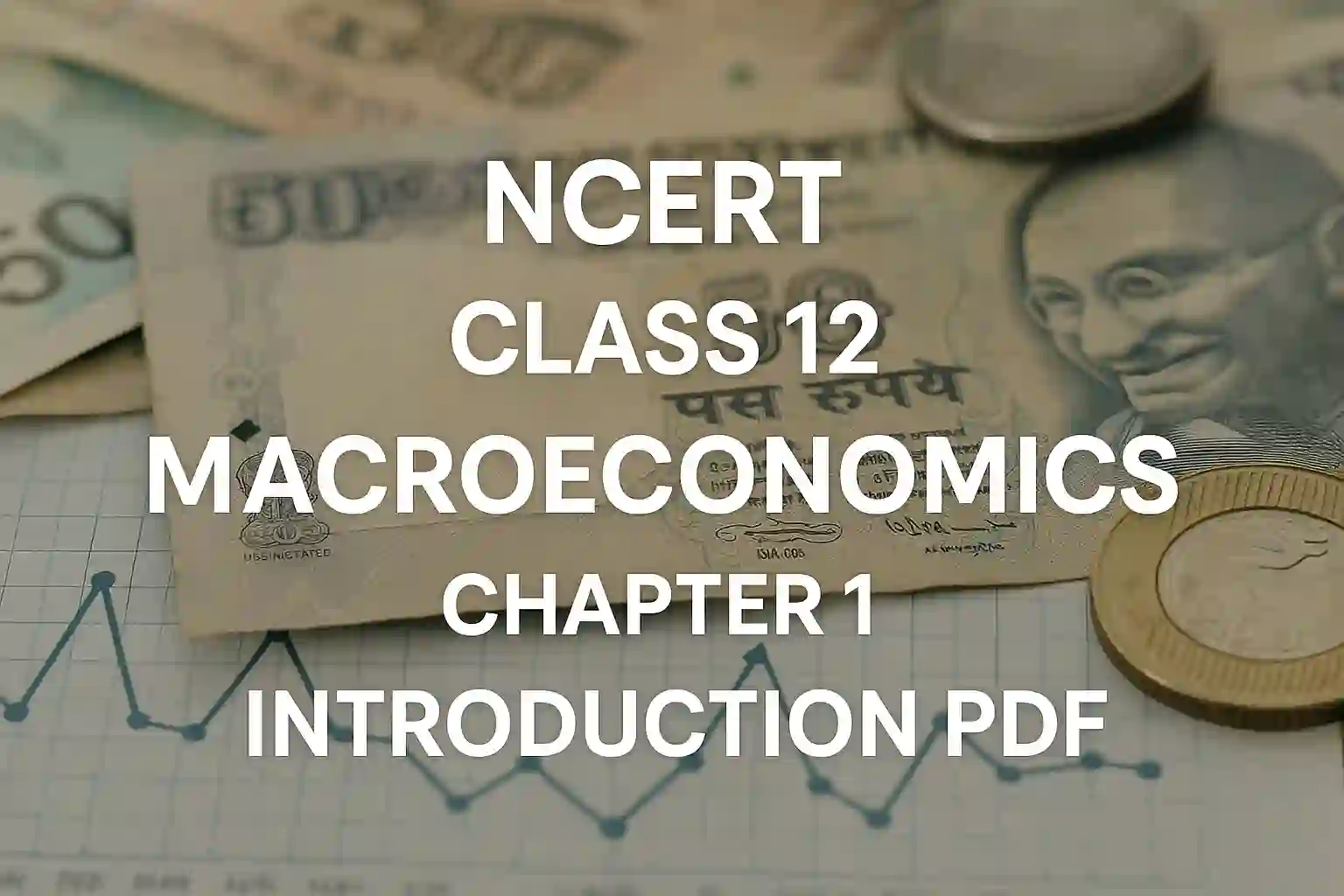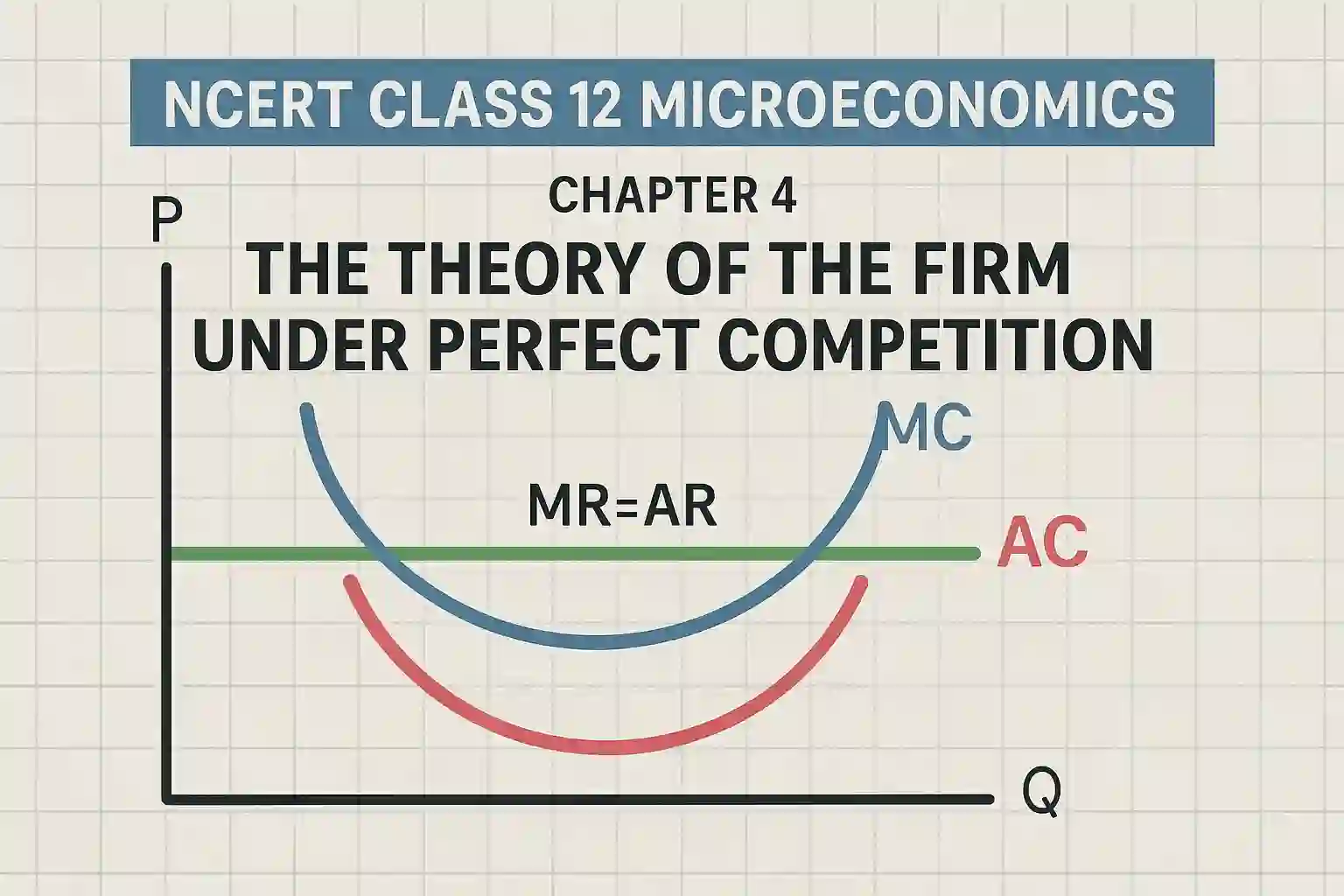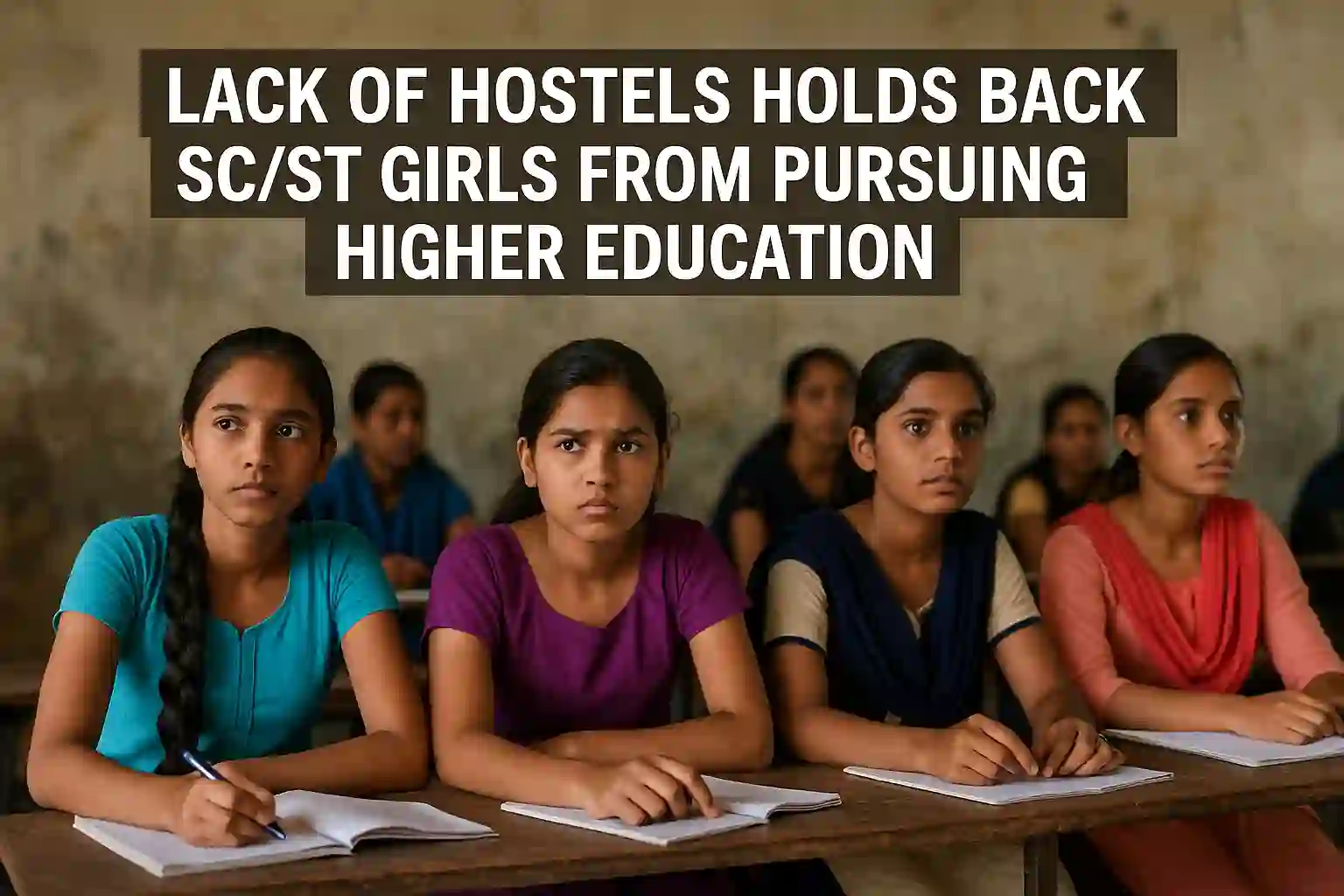The Tamil Nadu government has recently passed a key order that allows the re-employment of government arts and science college principals, librarians, and physical education directors till the end of the academic year after their retirement. This decision is being widely appreciated by teachers’ associations and educationists across the state. It aims to prevent administrative gaps that arise when senior officials retire mid-session and ensure academic activities continue without disruption.
I wanted to write about this topic because it quietly touches a major problem in our college education system. Every year, many senior educators retire right in the middle of academic sessions. This leaves institutions in a fix, affecting not just administration but also student performance and planning. The government’s decision to allow them to serve till the academic year ends is both practical and sensible. It ensures there is no leadership vacuum, and at the same time, it makes use of their vast experience for a little longer. In my opinion, it’s the kind of policy that puts student interest first while also respecting senior faculty members.
Why This Move is Being Praised
The Government Order (GO) has come as a relief to many colleges which were earlier struggling to manage affairs during mid-year retirements. According to the GO:
- Retired principals, librarians, and physical education directors can continue until the academic year ends
- This re-employment will be based on the needs of the college and will be done without affecting promotions or recruitment rules
- It helps bridge gaps till permanent replacements are made
This ensures colleges have continuity in leadership, which is especially crucial during exam planning, NAAC visits, admissions, and internal assessments.
Academic Community’s Reaction
Various teaching and non-teaching staff unions have welcomed the move. In places like Tiruchirapalli, the Government College Teachers’ Association and Librarians’ Forum have thanked the Higher Education Department for considering their long-standing demand.
One librarian shared, “The GO recognises our role in the smooth functioning of colleges. Retiring in the middle of the year leaves everything hanging. This order brings clarity and stability.”
Even students and junior staff are supporting the move. A physical education assistant from a government college said, “Many of our sports meets and planning used to get affected when the director retired suddenly. With this new rule, we can complete the year properly.”
Why It Makes Practical Sense
Re-employing senior staff for a few months helps colleges function without unnecessary breaks. Here’s why it’s a smart decision:
- Experienced faculty can handle semester-end responsibilities better
- There is no need to rush temporary appointments
- Students do not suffer due to administrative confusion
- Retired staff get an honourable exit with a sense of completion
This model has already worked well in some central universities and private institutions. Tamil Nadu bringing it into the government system can inspire other states to follow a similar path.
Challenges That May Still Arise
While the GO is a positive step, there are still a few issues to be addressed:
- Colleges need clarity on the re-employment process—whether it will be automatic or based on recommendation
- There must be clear guidelines to avoid misuse or favouritism
- Vacant posts should still be filled on time, so juniors also get a chance to move up
The government needs to monitor how the rule is being applied in each district and collect feedback regularly to refine it.


